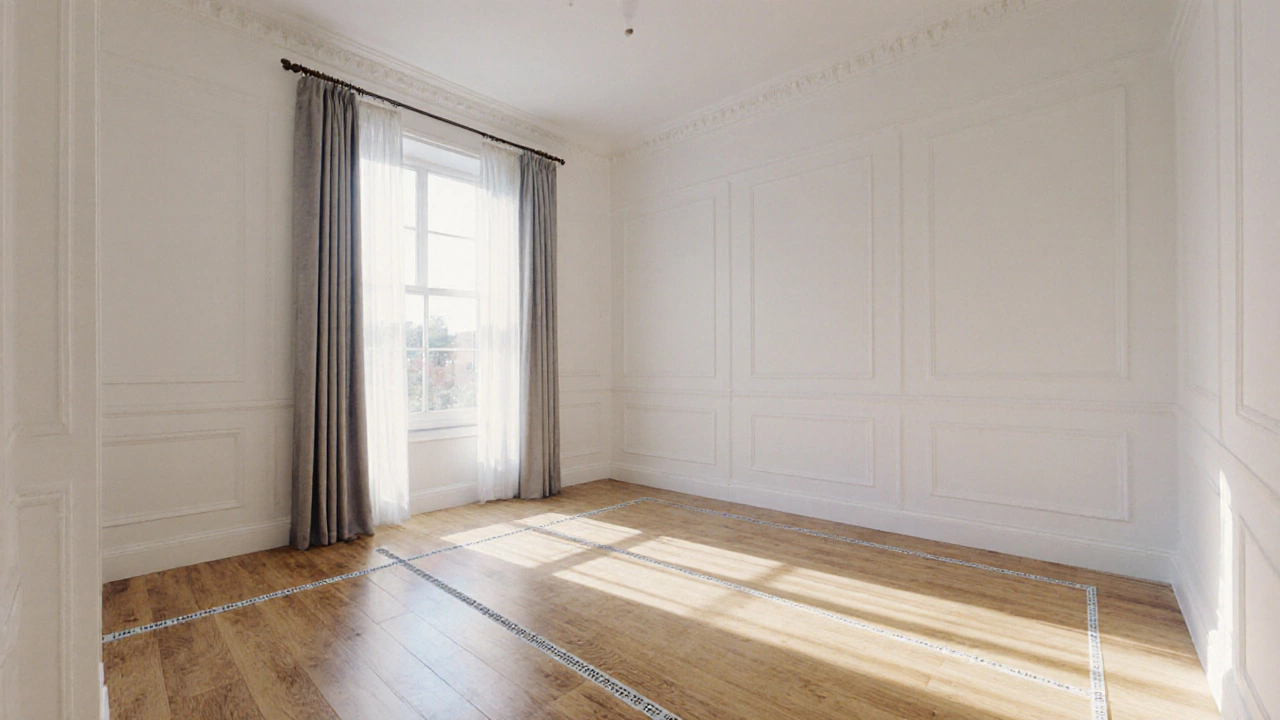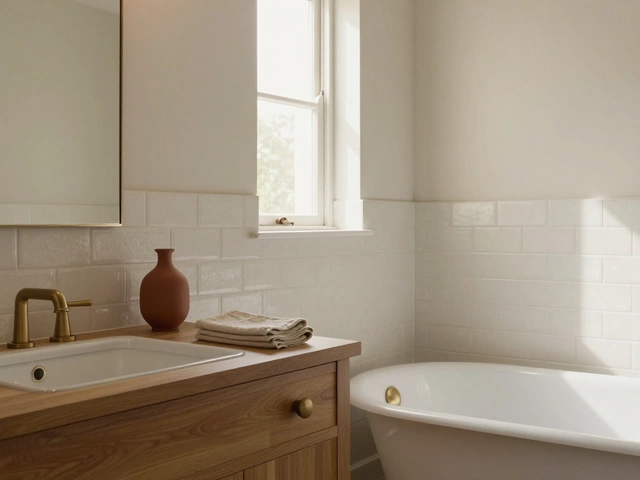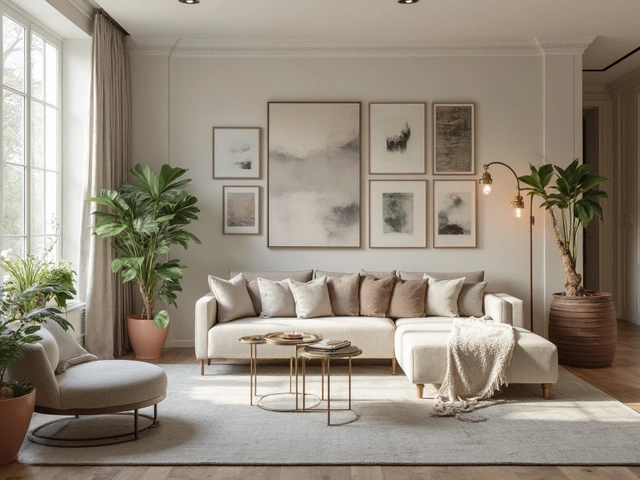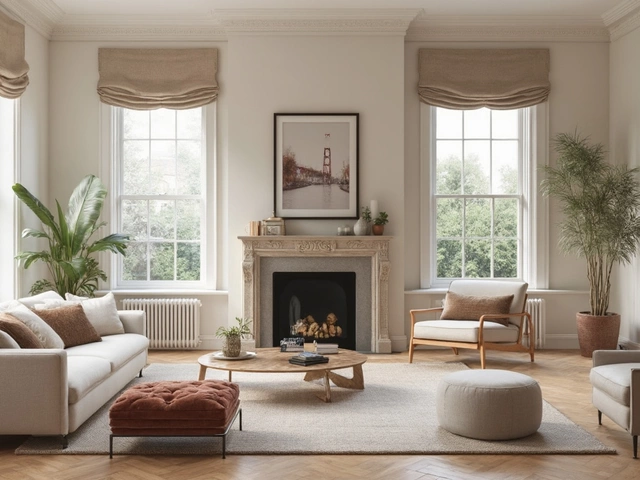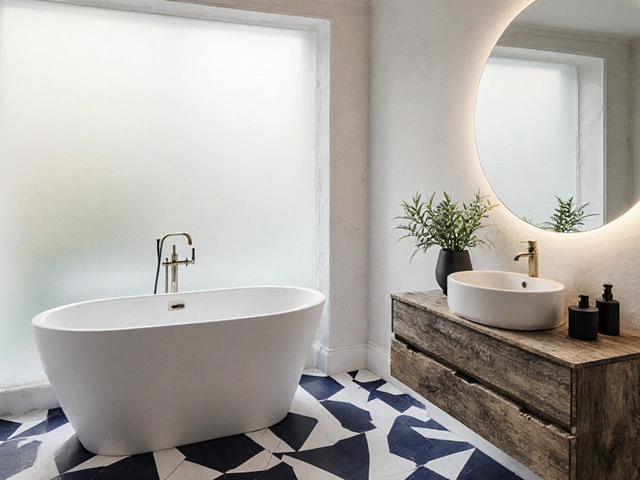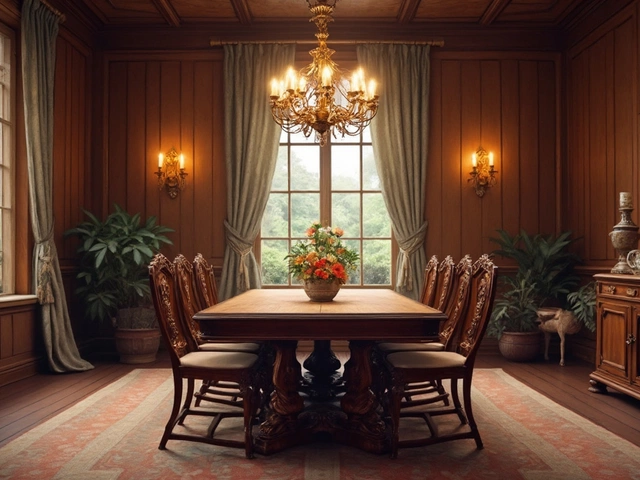Dining Room Layout – How to Arrange Your Space Like a Pro
When thinking about dining room layout, the way you arrange furniture, lighting, and circulation in a dining area. Also known as dining area arrangement, it sets the stage for meals, conversations, and everyday flow.
Key Considerations for a Functional Layout
First up is space planning, the process of mapping out usable zones, traffic routes, and clearances in a room. A solid space plan enables you to fit the table, chairs, sideboards, and still leave room for people to move comfortably. Think of it as the blueprint that shapes every other decision.
Next, look at dining room furniture, tables, chairs, benches, and storage pieces designed for eating spaces. Choosing the right size and style directly affects how the layout feels – a bulky table can choke a small room, while sleek chairs open up space. Mix and match pieces wisely to keep the room balanced.
Lighting is the third pillar. Lighting design, the placement and type of fixtures that illuminate a dining area isn’t just about brightness; it shapes mood and highlights the focal points. A pendant over the table draws eyes, while wall sconces add ambient layers. Good lighting influences both function and ambiance.
When you combine these three – space planning, furniture, and lighting – you get a cohesive dining room layout that works for daily meals and special gatherings. For instance, a rectangular table works best in a room with a clear traffic path, while a round table suits tighter spaces and encourages conversation.
Don’t forget color and material choices. Pairing a light wood table with darker chairs adds visual interest without overwhelming the eye. The contrast aligns with the popular trend of mixing light and dark dining room furniture, a move many designers use to add depth while keeping the room feeling airy.
Ergonomics matter too. Make sure there’s at least 90 cm of clearance between the table edge and the wall or any other furniture. This clearance ensures chairs can slide in and out smoothly, and guests won’t feel cramped. Keep pathways at least 120 cm wide if you expect multiple people moving at once.
Pick a focal point early. It could be a statement chandelier, a piece of artwork, or even a striking rug. Position the table so the focal point sits directly above or behind it; this creates a visual anchor that ties the whole layout together.
Current trends lean toward modern home interior ideas that blend sleek lines with warm textures. Think of a minimalist table paired with textured linen chairs, or a glass top table that reflects light. These choices keep the space feeling fresh while still functional.
Now that you’ve got the basics – space planning, furniture selection, lighting, color, ergonomics, and focal points – you’re ready to explore deeper tips. Below you’ll find a curated list of articles that dig into each of these areas, from mixing light and dark pieces to choosing the perfect lighting for every room. Let’s see how you can put these ideas into practice and turn your dining area into a welcoming, well‑designed hub.

